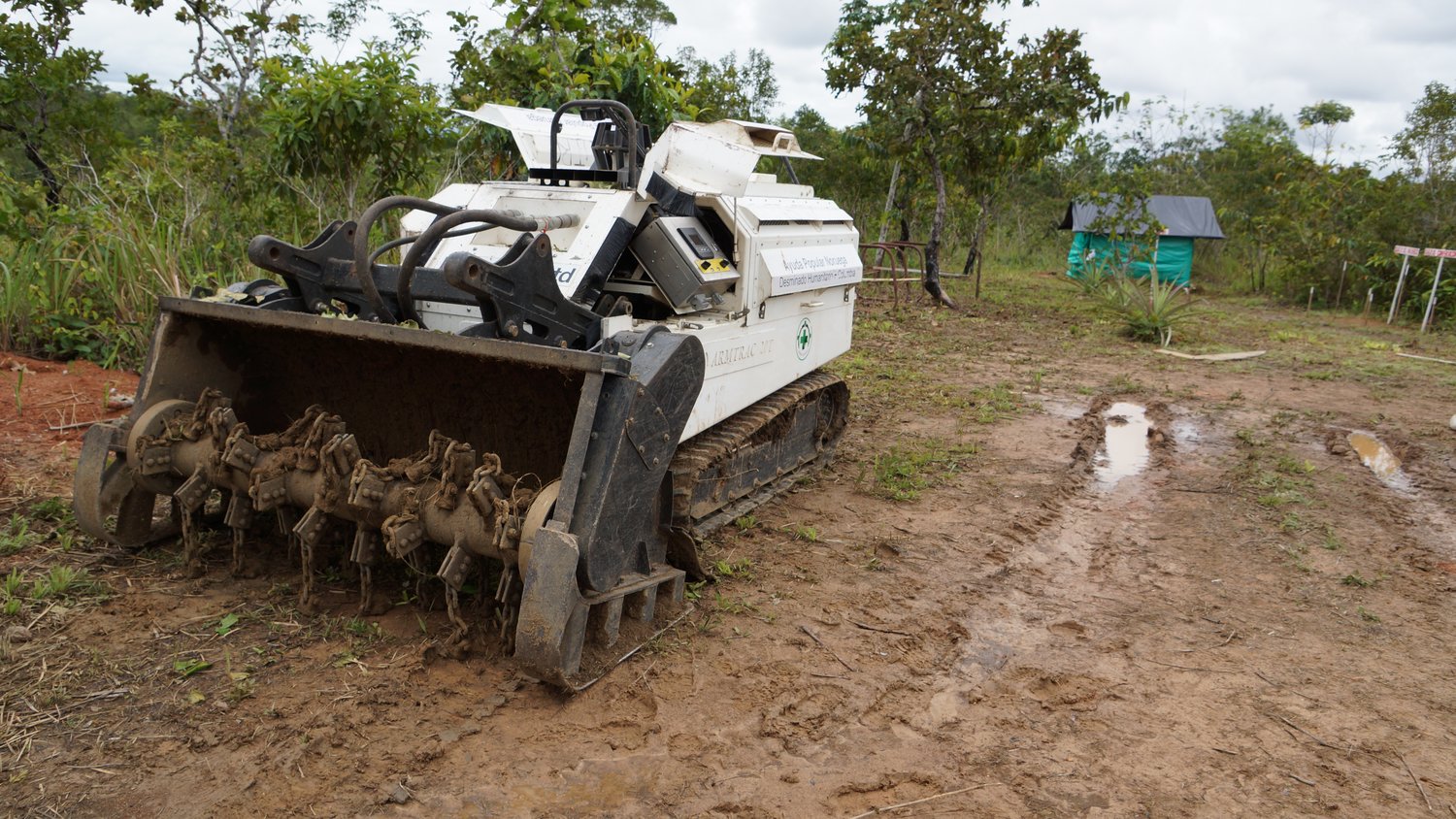Land Release uses an evidence-based approach to more accurately differentiate between those areas that require clearance and those areas that do not.
The process of gathering evidence begins with Non-Technical Survey (NTS), which, if evidence is found, is usually followed by technical survey (TS). Once TS has accurately established the precise type of threat and the extent of the contamination, full clearance will be undertaken only on the contaminated areas.
Non-Technical Survey
Non-technical survey (NTS) is the starting point for identifying, accessing, collecting, reporting and using information to define where mines/ERW are to be found, as well as where they are not, and to identify Suspected Hazardous Areas (SHA) and Confirmed Hazardous Areas (CHA) where further investigation and/or clearance need to take place.
Read more
NTS methodology makes use of desk assessments, analysis of historical records, interviews with various informants, assessment of what was found during physical visits to field locations, typically without using technical equipment and without entering hazardous areas. NTS field teams attempt to map known and suspected hazardous areas as accurately as possible. Additional information such as land use, land ownership and impact of reported hazardous areas including any victim data may also be collected.
While NTS is usually the starting point for operations, it can continue in parallel with Technical Survey (TS) and/or clearance activities throughout the land release process. New informants or information may emerge at any point providing additional evidence to adjust boundaries and further limit the extent of technical survey or clearance activities. In spite of the highly varied nature of Explosive Ordnances (EO) contamination, and the challenges faced when attempting to record the perimeters of suspect areas, the greatest advances in land release efficiency are achieved through more focused and enhanced NTS approaches. Too often the starting points for clearance tasks have been inappropriate and based on inaccurate or weak information that has not been scrutinised or strengthened before technical survey and/or clearance starts
Non-technical survey should be conducted by trained, competent and where possible gender-balanced staff who are able to gather and critically analyse information from a broad range of stakeholders, including males and females, in affected communities.
Technical Survey
Technical survey (TS) techniques and methods involve a physical intervention, using survey or clearance assets to enter hazardous area to:
- Confirm the presence, or absence, of mines/ERW and identify the type of hazards present.
- Better define the boundaries of a SHA/CHA that require clearance.
- Collect information to support land release decision-making. Technical surveys can be broadly characterised into two main types of investigations, targeted and systematic depending upon the information gathered about hazard and threat.
Read more
Technical survey assets must provide a high probability (near certainty) that the presence of expected hazard items will be indicated by the equipment and methodology in use and that TS personnel are safe to conduct the activity.
In practice it can be difficult to isolate TS as a separate activity within a linear/ sequential process (ie, after NTS and before clearance). TS activities are more frequently interlinked and may be carried out before clearance to help delineate the SHA/CHA During/in conjunction with clearance to inform decisions about the efficient conduct of a clearance task, after clearance, when investigation of a buffer zone around a cleared area may raise confidence that no mines/ERW have been left behind or also simultaneously.
Survey is a key focus of the GICHD’s broader operational efficiency and land release activities. The GICHD carries out studies on up-to-date best practice for survey with a global scope. It then communicates this information to national authorities and partners, develops training package and conducts training courses specific to regions and countries.

